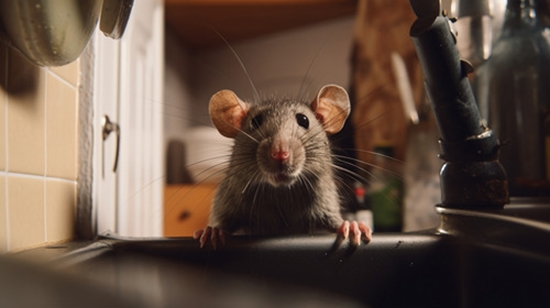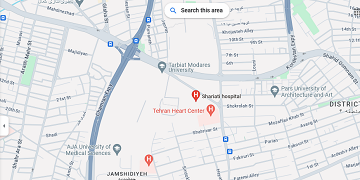Evaluation of the Effects of Nano-honey Scaffold on Reconstruction of Calvarial Defects in Rat

Abstract
Bone defects have caused many problems. Restoration of bone defects with great gaps, has been a huge problem for many patients. Nowadays, different ways are used for bone restorations that cause difficulties; so there is tendency to use organic drugs such as propolis. The aim of this study was investigating the effects of nono-honey on calvarial defect. In this research 20 Wistar male rats were divided into two control and nano-honey groups. After general anesthesia, to access the calvaria, the midline was cut. We turned the skin and periosteum over and dig a fossa in parietal bone with electronic handpiece with 1000 round per minute (depth 5 mm and length 6 mm). After 8 weeks, histopathologic samples were provided and the new vessels, neutrophils, lymphocytes, macrophage, fibroblast, granulation tissue and formation of fresh bone trabeculae were measured. We observed that average number of neutrophils in nano-honey group was lower than control group, expressively (p = 0.030). The average of bone trabuculation in nano-honey group was more than other group (p < 0.001). Other histological factors was not significantly different (p > 0.05). In this study, it was shown nano-honey has positive effects on restoration of hard and soft tissues. Since this research was carried out on rats more study and examinations on human beings are needed. Furthermore, adding osteoconductive and stimulant of regenerating bones in order to evaluate the effects on restoration is recommended.




Send to friends